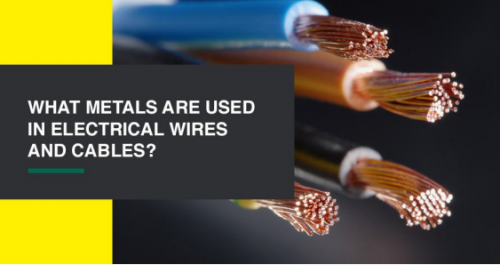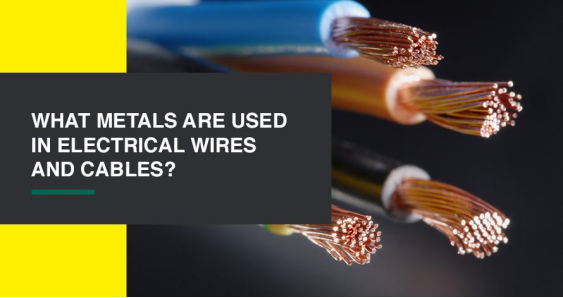
Copper conductor
Copper conductors are widely used in electronics and power transmission. They have excellent conductivity and a resistivity of about 1.68 × 10^-8 Ω·m. They are suitable for low to medium current transmission, such as computer cables and audio cables. Due to their high cost, they are usually used in scenarios that require high conductivity and reliability.
Aluminum conductor
Aluminum conductors have the advantages of light weight and low cost. The resistivity is 2.82 × 10^-8 Ω·m, slightly higher than that of copper conductors. Commonly used in power transmission cables, especially in high current and long distance applications, aluminum conductors can effectively reduce the overall weight. Aluminum conductors used in power lines can reach a rated current of more than 400A.
Tinned copper conductor
Tinned copper conductors excel in corrosion resistance. The tin coating is usually 1.5μm to 5μm thick, which improves the durability of the conductor. It is often used in outdoor or humid environment applications, such as communication cables and automotive cables. The resistivity of tinned copper conductors is close to that of pure copper, but has better environmental adaptability.
Silver-plated copper conductor
Silver-plated copper conductors have a lower resistivity of about 1.59 × 10^-8 Ω·m and are often used in high-frequency and high-performance applications. Silver has better conductivity than copper and is commonly found in high-frequency communications and precision electronic devices. It is more expensive, but performs well in scenarios that require extremely low resistance and high transmission rates.
Stainless steel conductor
Stainless steel conductors are used in special environments, such as high temperature or corrosive environments. The resistivity is about 7.2 × 10^-7 Ω·m, which is higher than copper and aluminum conductors. Commonly used in aerospace and industrial applications, the mechanical strength and corrosion resistance of stainless steel conductors make them perform well in these conditions.
Fiber Optic Conductor
Optical fiber conductors use light signals instead of electrical signals, making them suitable for high-speed data transmission. The signal attenuation rate of optical fiber is below 0.2 dB/km, which is much lower than the signal attenuation of cables. They are widely used in data centers, communication networks, and the Internet, and can provide high bandwidth and long-distance transmission capabilities.










